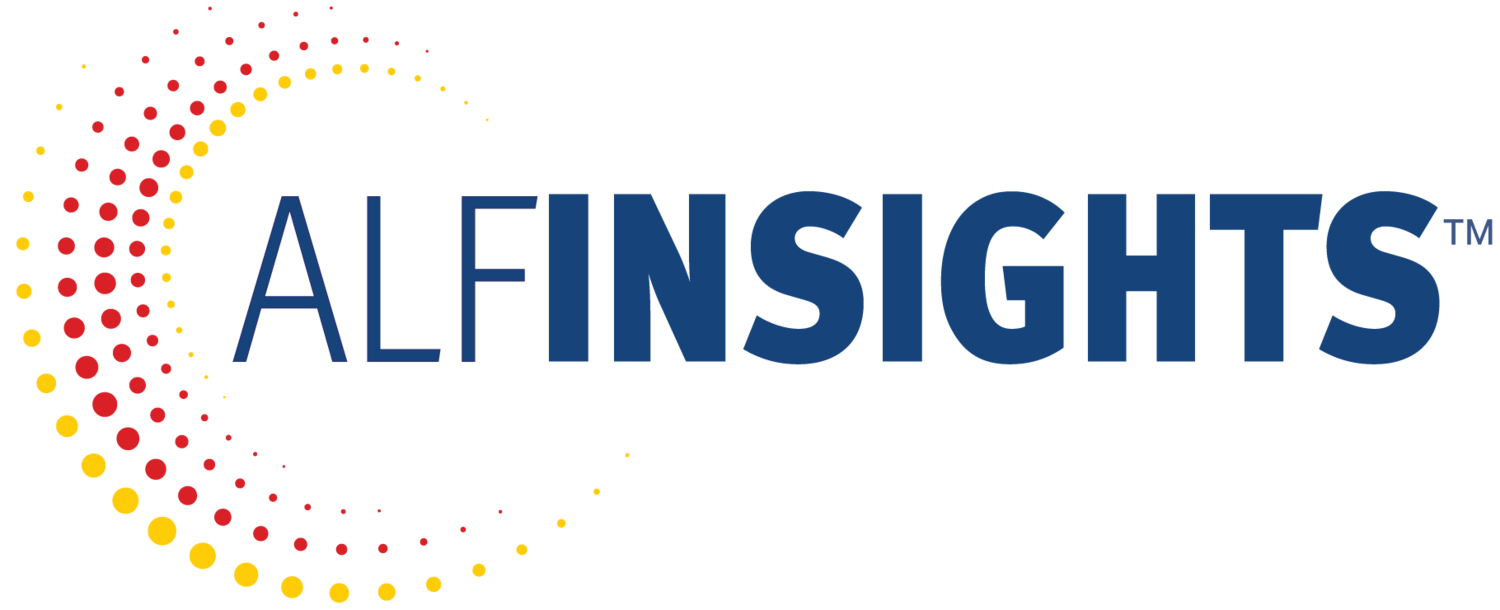Q&A with ALFI Faculty Megan Fluke
Megan Fluke is the former Executive Director of Green Foothills, an environmental stewardship nonprofit. In recent years, Megan has transitioned to doing leadership coaching and consultant work.
Fluke is one of the newest ALF Insights facilitators leading a project with the Santa Clara County Indian Education Task Force, led by the Santa County Office of Education, formed to ensure that Native American history is included in the curriculum so that native/indigenous students see their history accurately reflected.
We spoke about her career path switch, working with local indigenous tribes, and discuss how she recharges her spirit.
Demone: You were an executive director for quite a while, and then you made the transition to having your own consultancy. What made you want to change lanes at this point in your career?
Megan: Since my early 20s, I knew I wanted to be a nonprofit executive director. It was just like, that's where I'm headed. And I did basically anything I needed to do to make that happen and became the Executive Director at Green Foothills at age 27. Fast forward after a decade, I got all the things that I wanted to get done at that organization. There's still work to do, of course. But 10 years is enough for anybody in a leadership role (laughs), at least from my perspective. So I knew I knew it was time to leave. I knew I didn't want to be an Executive Director at another nonprofit.
I got a career coach and did some soul-searching. And just honestly listening to the universe, the universe basically said, "People are willing to hire you to do this. And people are willing to hire you to do that. And, you know, could you do the strategic planning process? And hey, you'd be a great coach." And I'm like, okay, great. I'm just gonna listen to the things that people are telling me that they'll give me money to do. And that I would love. And so I chose to get into nonprofit consulting with a focus on interim leadership, and supporting organizations and individuals with tricky moments of transition.
D: Your bio states that you encourage changemakers to design their best lives. How does that look for you in your own life? I'm sure you get a lot of projects coming in? How do you balance the work that you want to do with restoring yourself and your spirit?
M: Over the past several weeks, but really, since the start of the year, my weekly, Monday morning mantra is, don't say yes to any work I'm going to dread. That's how I live now. Just don't say yes to anything I don't want to do. Honestly, I like the work that I'm doing. It feels like a vacation every day. I'm just living the dream.
D: Throughout your career, you've been working with local tribes and indigenous groups—raising money and doing advocacy work. How did you get involved with that work and why is that work so important?
M:. I'm where my heart is. I feel like it's just with every fiber of my being that we are so interconnected with the Earth. Chairman Valentin Lopez of the Amah Mutsun Tribal Band said something that really shaped the trajectory of my life. He said the most important thing Indigenous and nonindigenous folks can be doing right now is focusing on our healing. Healing of ourselves and our relationship with our own being, healing our relationships with each other, and healing our relationships with the earth. The universe calls to me to this work. It feels like an act of healing.
D: What do you do to unwind? Chill?
M: You know those big wheels that you would have as a kid? There's adult-sized big wheels. We have one. It's amazing. There's an event every Easter where you can race them. It's a family tradition for us. I also like to run, dance, and do movement activities with my family.

